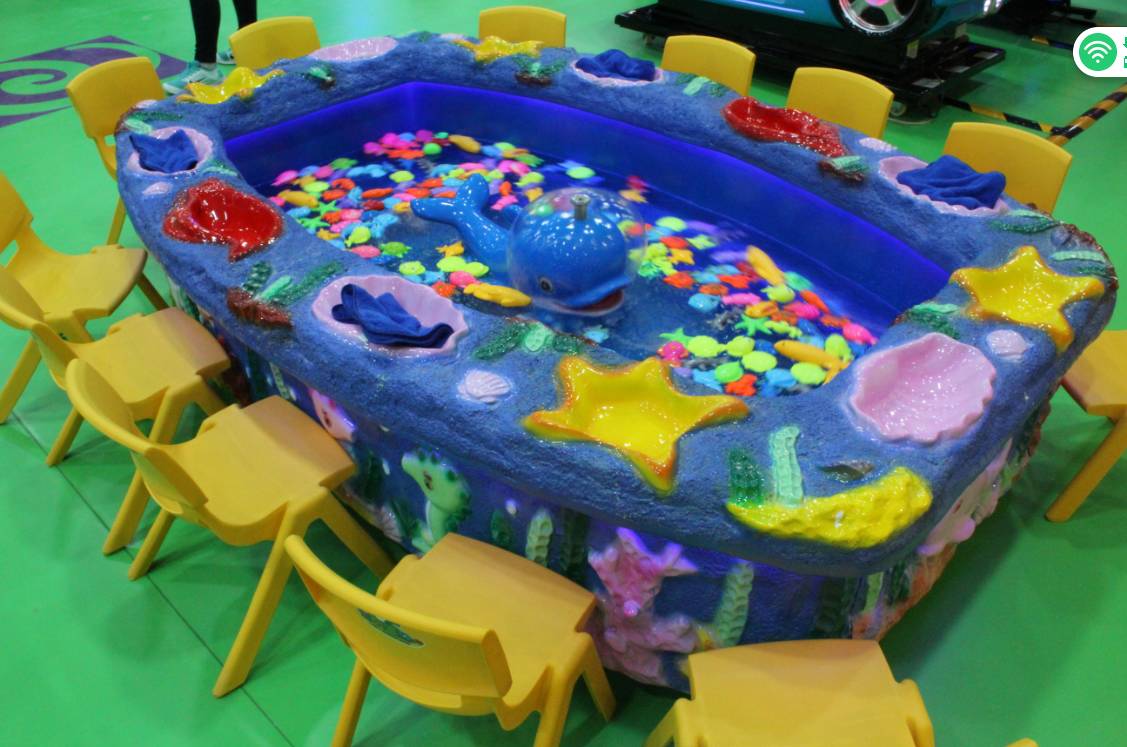India’s diamond polishers
Hard faces
A remarkable cottage industry is under pressure
Dec 5th 2015 | SURAT | From the print edition
NINE-TENTHS of the world’s natural diamonds pass through the Indian state of Gujarat, where in and around the city of Surat they are cut and polished before being sold on through the trading houses of Antwerp and Dubai. Diwali, a Hindu holiday marked by gift-giving, fell in early November. By this time of year, shops around the world are stocked with the gems to last till Christmas. It is when the diamond-polishing workshops of Surat, on the Arabian Sea, shut down for an annual unpaid, month-long break for their workers. Perhaps half a million diamond-cutters head home for the holidays, while shop managers sit down to settle their accounts in homemade chopri, or bank books.
A port once notorious for an outbreak of plague in 1994, but since then nicely spruced up, Surat has for generations been home to what may be the world’s biggest cottage industry. Perhaps 2,000 of the 5,000-odd operations that buy diamonds for polishing are reasonably large, employing 300-500 grinders, most of them migrant workers. The rest are small family-owned affairs with maybe a couple of grindstones. Many struggle to afford the rough diamonds in the first place.
The side streets of Varachha bazaar, thick with scooters, give a clue as to how the small fry operate. Peer through the ground-floor windows and you see halogen lights illuminating the bright white stones being worked by hand. Most families here are “Kathis” from the Patidar caste, migrants from Gujarat’s Kathiawar peninsula. Many of them came from its dry, overworked tracts as dispossessed farmers in the 1960s. Other Surtis esteem them grudgingly for their devotion to clan, to long hours and to mawa, the harsh tobacco they chew to stay sharp behind the cutting wheel.
Last year the bigger polishing outfits distributed eye-watering bonuses to lure their (migrant) workers back. This year some are flirting with bankruptcy. A worldwide glut of polished diamonds and falling prices have hit the Surat business hard. The polishers buy on credit, so even when demand is low they must sell, however sharp the loss. Exports in October were down by 17% year-on-year, driven partly by slowing Chinese demand for luxury goods.
At sunset in Varachha, men lounge on pillion seats and handcarts, passing around open packets of rocks worth several years’ salary. The trust embodied in this form of community is astounding—and essential to their trade. The newcomers are mainly from Bihar, where semi-skilled work and half-decent wages are hard to find. One Bihari expects 20,000 of his countrymen to leave Surat permanently during the current slump. Damji Mavani of the Surat Diamond Association, whose family came from the Kathiawar in 1964, expects Varachha as a whole to survive. Kathi clansmen will lend to clansmen, with every Kathi in these warrens watching out for everyone else. But the bigger houses, with access to bank credit, will fare better. Mr Mavani predicts that the cottage industry will consolidate. Small family firms, unlike the diamonds they polish, are not forever.
From the print edition: Asia

我们选取来自世界顶级英文媒体的热点内容,精心翻译,并整理出学习笔记。
取经号是你在外语外媒学习之路上的忠实伴侣,给你带来最棒的学习体验。
取经路上,你不再一个人。

微信号:JTWest
Attention
这里每周发布《经济学人》原版PDF,音频;更有取经号资深译者坐阵;欢迎读者来探讨翻译问题,分享读译心得
加入方式:
QQ群号:193503512
微信群:添加取经号小编微信好友,拉你入群
小编の微信号:moshedayan1915






